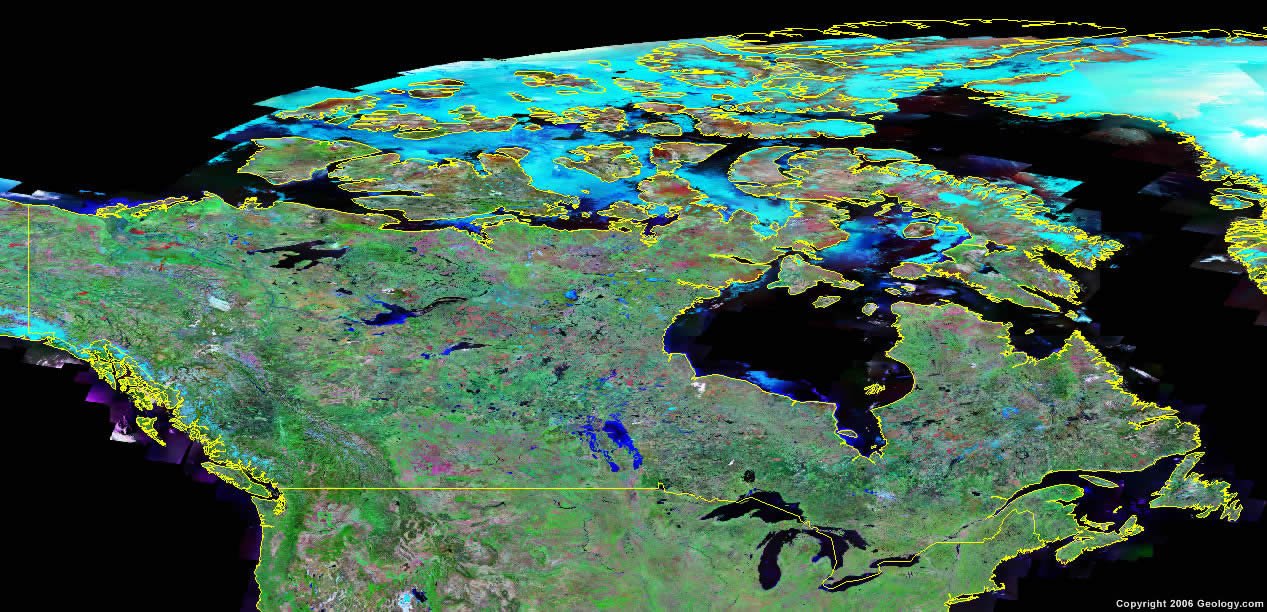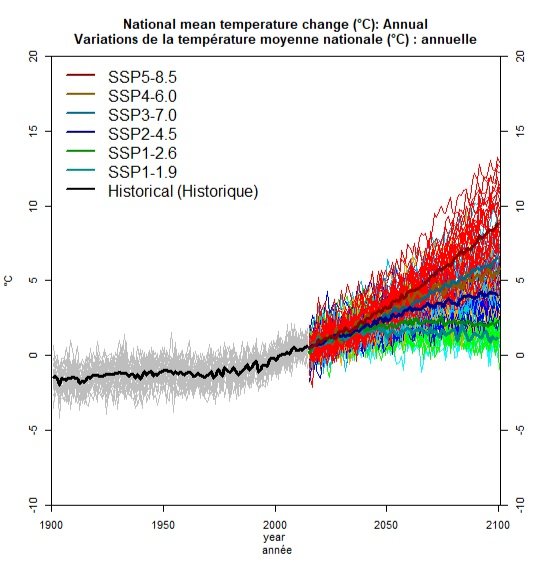
Blue Carbon Canada Research Projects
Blue Carbon
What is it and why we are studying it
‘Blue Carbon’ is the carbon captured and stored in the ocean, including by salt marsh, seagrass, and mangrove ecosystems. It is estimated that these ‘blue carbon ecosystems’ can sequester 2-10X more carbon than terrestrial forests, making these habitats ideal for nature-based climate change solutions. Despite this, these ecosystems are also vulnerable to habitat destruction and degradation, as well as to climate change. This not only impacts the potential climate change solution capacity, but actually turns them into a significant source of carbon dioxide and contributor to climate change. Protection and restoration of blue carbon ecosystems is thus essential.
Blue Carbon Canada is a collaborative research effort to produce a nationwide assessment of the potential for Canada’s oceans to serve as blue carbon. We will estimate the extent of potential blue carbon habitats - marsh, seagrass, kelp, soft sediments - in all three of Canada’s oceans, calculate their current carbon drawdown potential, and project this out to 2030 and 2050 under different climate change scenarios.
Diagram from Eneos Mirai Hub
Model the current mitigation capacity of Canada’s blue carbon ecosystem
Develop high-resolution coastal ocean data products
-
Before high quality blue carbon ecosystem (BCE) distribution models can be made, we will develop fine-scale nearshore ocean products that will allow for more accurate models. This will be done using state-of-the-art modeling systems for a variety of data products along each of Canada’s coastlines.
Model and map the current extent of blue carbon ecosystems
-
Blue carbon ecosystems (BCEs) are important reservoirs for carbon that are expected to provide significant climate mitigation benefits. Canada’s extensive coastline supports three key BCEs, including salt marshes, seagrass beds, and kelp forests, but their current extent is unknown. We will reconstruct the contemporary distribution of salt marshes, eelgrasses, and kelp forests across Canada’s Pacific, Atlantic, and Arctic coasts, using historical observations, species distribution modeling approaches, and our new high-resolution coastal ocean data products.
Synthesize the drawdown capacity and estimate Canada’s current blue carbon
-
Despite growing interest in leveraging blue carbon ecosystems (BCEs) for ocean climate solutions, the carbon drawdown capacity of these systems is understudied in Canada. We will combine new current extent maps for salt marshes, seagrass beds, and kelp forests with the best available datasets on carbon sequestration and storage rates to produce the first nationwide assessment of the current climate change mitigation capacity of BCEs across the three Canadian coastlines (Pacific, Atlantic, and Artic)
Assess the mitigation capacity of Canada’s marine soft sediment habitats under different protection scenarios
-
Seabed sediments contain one of the world’s largest stocks of organic carbon, acting as an important resource for limiting and mitigating climate change. In Canada, information on the size and distribution of these carbon stores is currently lacking. We will combine the best available datasets on seabed geology, morphology, hydrology and carbon content to model the surficial seabed sediment carbon stocks across Canada’s waters.
Map Canada’s marine soft sediment habitats and estimate their carbon stores
Quantify the carbon stores that could be preserved through new marine spatial protections
-
There is mounting evidence that human activities, particularly mobile bottom fishing, are causing disturbance to seabed carbon stores, potentially causing the release of stored carbon as CO2 and limiting future burial capacity. We will assess current seabed protection strategies and consider whether new areas should be considered for protection due to their carbon storage capacity. We will also map the mobile bottom fishing footprint and evaluate how potential management of this activity could better protect carbon stores both now, and into the future.
Project Canada's future blue carbon mitigation capacity
Develop high-resolution coastal ocean projections under different climate change scenarios
-
For accurate future projection BCE models, we will first project our ocean product models using different climate change scenarios out to 2050. This will allow for the calculation of marine heatwaves and other extreme climatic events that threaten BCEs.
Project future blue carbon ecosystem distributions on each coast out to 2050
-
Climate change is rapidly reshaping blue carbon ecosystems (BCEs), shifting species distributions, driving species losses, and potentially altering the carbon drawdown dynamics of these important systems. Integrating our BCE distribution models with new state-of-the-art high resolution ocean climate projections, we will simulate changes in the distribution of salt marsh, seagrass, and kelp species under multiple climate change scenarios that are tailor made for Canada’s Pacific, Atlantic, and Arctic coastlines.
Project impacts of kelp halocarbon emissions on future climate
-
We will produce halocarbon emissions datasets by combining emission rates with projected kelp distributions, and use these to force the fully-coupled Earth system model forward to 2050. We will run ‘experiments’ of these model projections that account for uncertainty in halocarbon and GHG emissions, to yield a range of estimates for how much kelp halocarbon emissions contribute to global warming, from both direct radiative impacts and top-of-atmosphere radiative forcing, and to stratospheric ozone depletion.
-
Climate change threatens the persistence of blue carbon ecosystems, hence their future capacity to serve as ocean climate solutions. Combining future projections of BCE extents with synthesized estimates of carbon drawdown, we will produce the first nationwide assessment of the future mitigation potential of Canada’s BCEs.
Estimate Canada’s future blue carbon potential
Photo credits:
Canada via Satellite (Geology.com), Ocean temperature (LiveOcean), Asseek River (Photographer Markus Thompson - property of Nature Trust of BC), Marsh with birds (Lia Chalifour), Soft sediment (Image courtesy of the NOAA Office of Ocean Exploration and Research, Deep Connections 2019), trawling (Kelly Walker, NOAA), temperature graph (Government of Canada), Moyeha River (Photographer Markus Thompson - property of Nature Trust of BC), Kelp Forest (Fernando Lessa)








